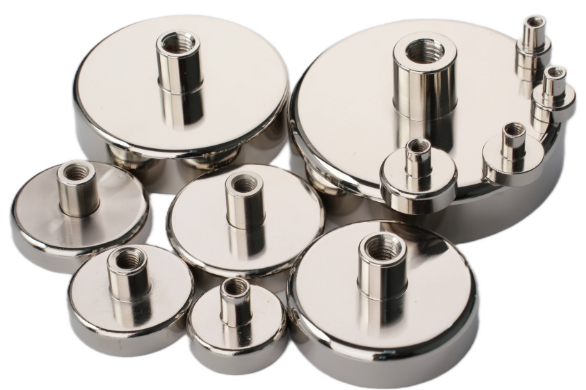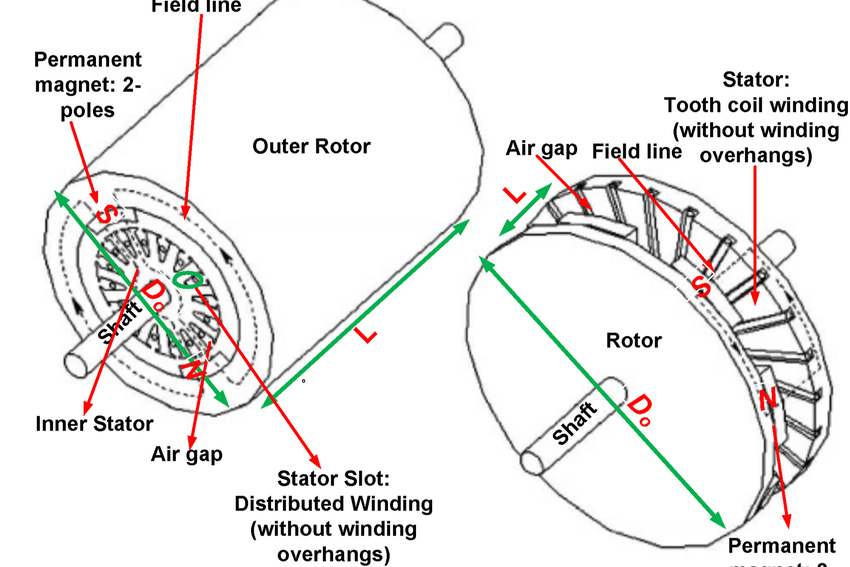The Developing Role of Permanent Magnets in Renewable Energy
The developing role of Permanent Magnets in renewable energy production along with the environmental protection is a very worthy topic. An upright permanent magnet should produce a high magnetic field with a near to the ground mass, and should be constant against the inspirations which would demagnetize it. The desirable properties of such magnets are usually indicated in expressions of the remanence and coercivity of the magnet materials. In 2005, the rate of total universal energy usage was about 15.1 TW. As a point of reference, Canada and the USA consume about 25 per cent of that energy. A number of organizations project that energy consumption will grow by over 50 per cent in the period from 2005 to 2030, and obviously, that energy has to come from anyplace. In all of these technologies, permanent magnets have a part to play, though in some cases it might not be as noticeable as in others. The habit of permanent magnet technologies in the oil and gas exploration and production industries has seen a dramatic reduction in the effect of these undertakings on the environment. The key way that permanent magnets are generated is by heating a ferromagnetic material to an important high temperature. Permanent magnets are vital for their industrial uses particularly when it comes to power generation and electric motors. In turbines and generators permanent magnets are essential to turn mechanical motion into energy. They are also noteworthy for electric motors in several electronics using the reverse of the induction of electric current to make mechanical energy. A permanent magnet is a magnet that doesn’t lose its magnetic field. Because of the bearings of its domains, a permanent magnet is a magnet. Domains are the minor magnetic field inherent in the crystalline structure of ferromagnetic materials. A magnet is shaped when certain circumstances cause separate domains in a ferromagnetic item to be all channeled in the same direction. However the manner used in most cases weak magnets can only be made. This is typically by direct contact with an obviously magnetic material or by continuously putting an electric current through it.















